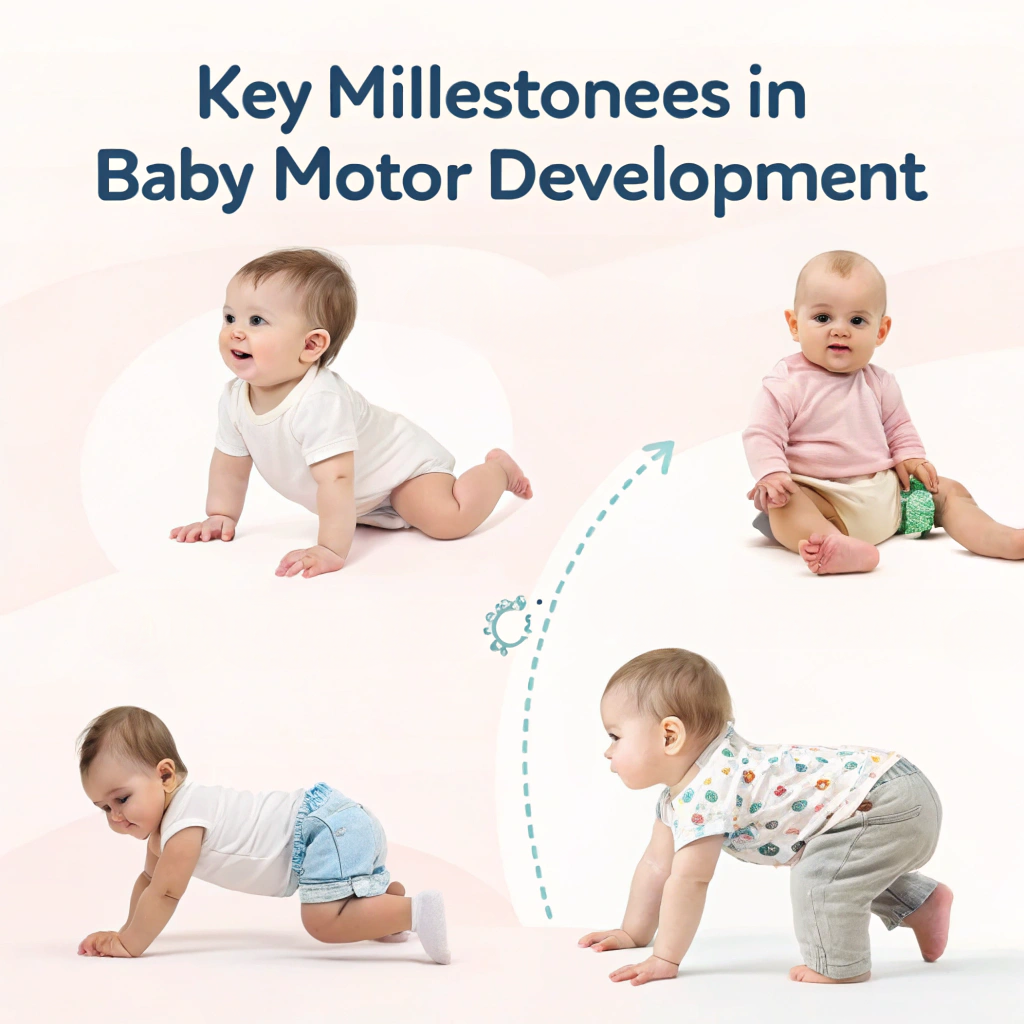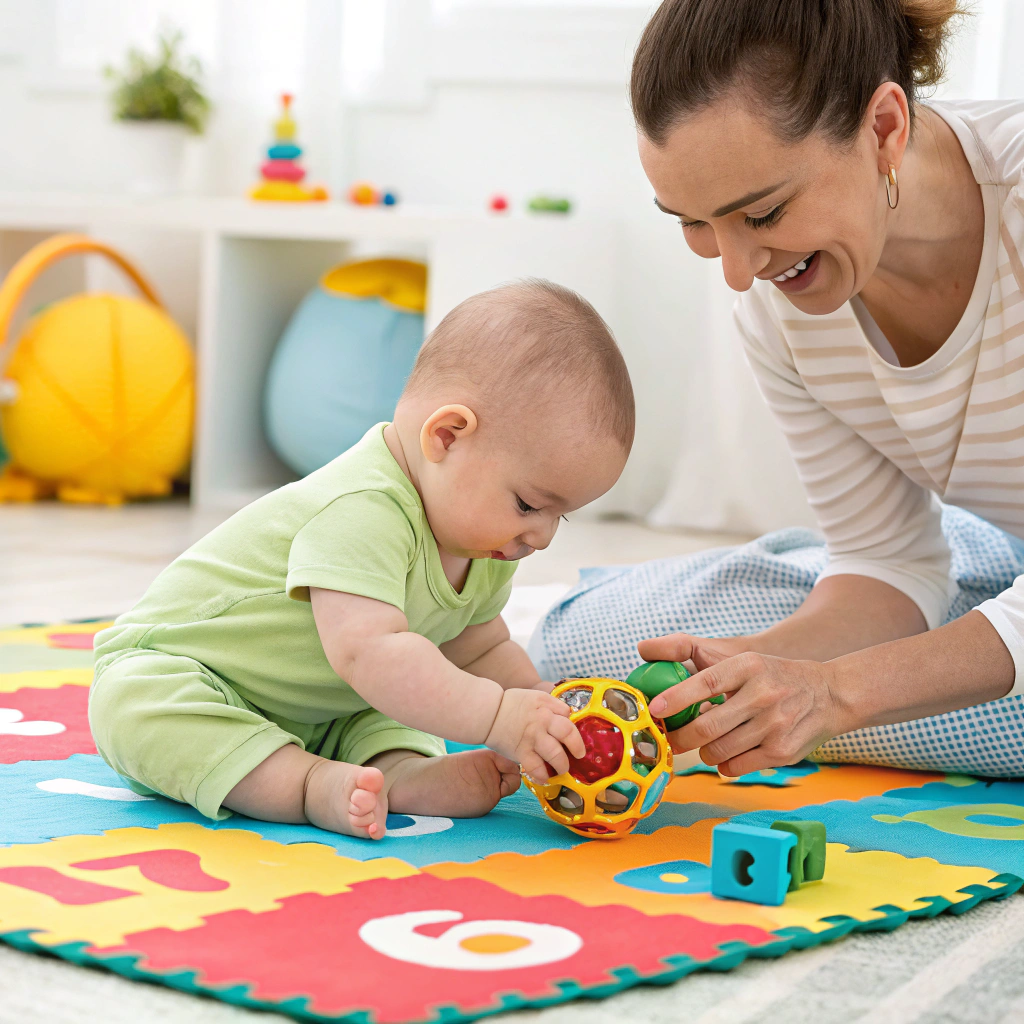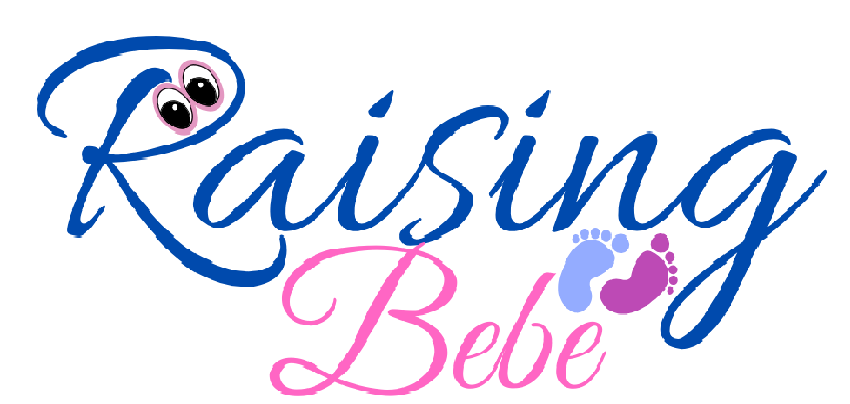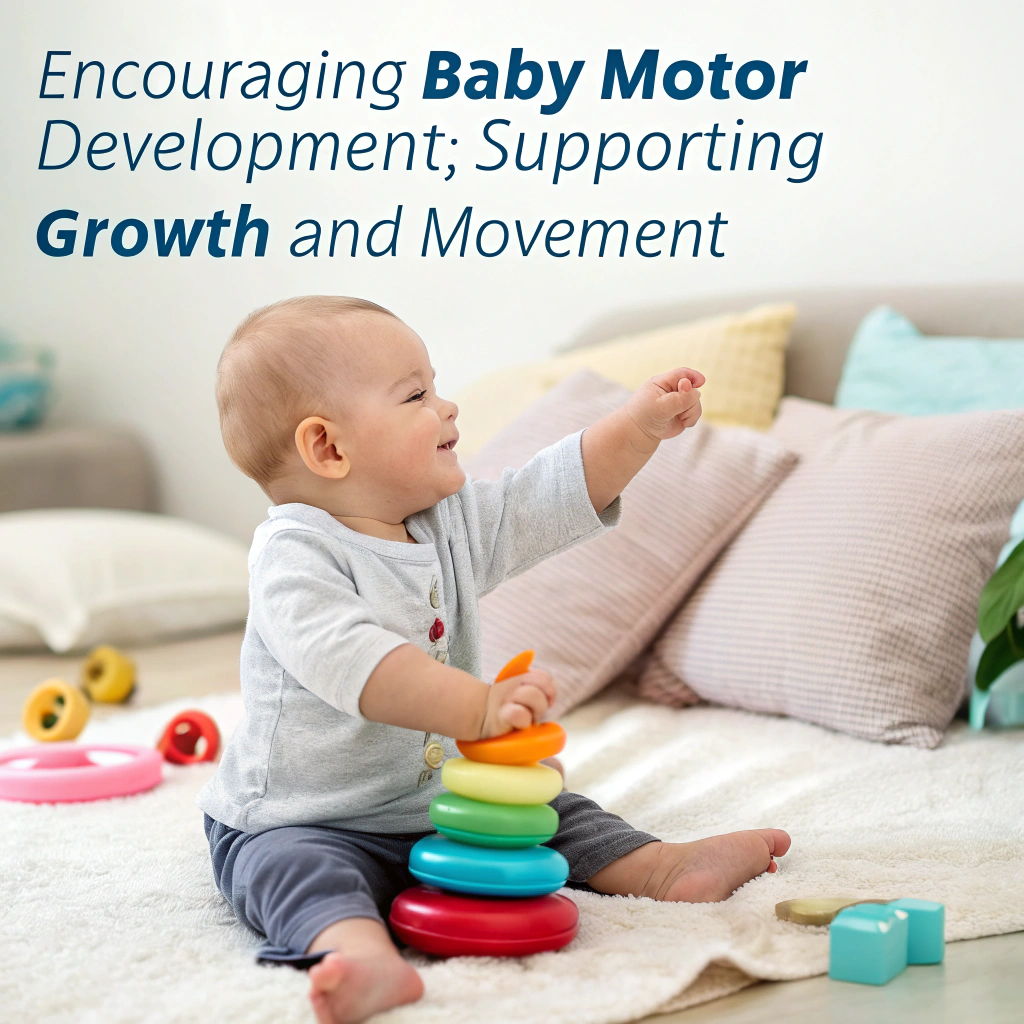Baby motor development is an exciting journey that begins at birth and progresses rapidly during the first few years of life. As babies grow, they develop essential motor skills that are crucial for their physical and cognitive development. In this article, we will explore the key milestones in baby motor development and offer tips on how to support your baby’s motor skills as they grow
What is Baby Motor Development ?
Baby motor development refers to the process by which babies learn to control their movements. It includes the development of gross motor skills (large muscle movements like crawling, walking, and sitting) and fine motor skills (smaller muscle movements like grasping, holding, and using fingers). Both types of motor skills play a vital role in a baby’s overall growth and ability to explore and interact with their environment.
These early motor skills also influence cognitive abilities like problem-solving and spatial awareness. Motor development occurs in predictable stages, though the timing of each milestone can vary slightly from baby to baby. By understanding these stages, parents can provide better support and encourage their child’s progress.
Key Milestones in Baby Motor Development

1. The First Three Months: Early Reflexes and Movements
In the first few months, your baby will not have much control over their movements. Instead, they’ll show reflexes that are automatic responses to stimuli. Some early reflexes include:
- Rooting reflex: When you stroke your baby’s cheek, they turn their head in search of a nipple.
- Grasp reflex: When an object is placed in their hand, they automatically grasp it.
Though these movements are reflexive, they lay the foundation for voluntary control. Babies will begin to kick their legs and move their arms, though these actions are mostly uncoordinated. During this time, babies also start lifting their heads while lying on their stomachs, strengthening neck muscles for future motor skills.
2. Around Six Months: Sitting and Reaching
By six months, most babies develop better head and neck control, allowing them to sit up with support. At this stage, babies also start reaching for and grasping toys or objects. They develop the ability to move their hands in more purposeful ways, such as:
- Reaching: As their arm muscles strengthen, babies can reach for toys and objects with increasing accuracy.
- Grasping: Babies start using their fingers to hold objects, practicing the basic hand-eye coordination necessary for later tasks like feeding themselves.
These actions help babies gain control over both gross and fine motor skills. Around this time, babies may begin to roll from their stomach to their back and vice versa, which is a precursor to crawling.
3. Nine to Twelve Months: Crawling and Standing
At nine months, babies often begin to crawl. Crawling helps babies develop strength in their arms and legs and improves their coordination. Crawling also teaches babies about spatial awareness as they explore their environment. Additionally, at this stage, babies might begin pulling themselves up to a standing position. They might start holding onto furniture for balance. These milestones are critical as they prepare babies for walking.
During this phase, babies start to develop a stronger sense of independence. They may try to explore further, crawl to new areas, and even begin to cruise around furniture, a step before walking.
4. One Year and Beyond: Walking and Exploring
By 12 months, many babies take their first steps. Though each baby reaches this milestone at their own pace, most will begin walking between 12 and 18 months. As babies learn to walk, they gain new levels of independence and motor control. Early walking may look unsteady, with babies needing help balancing and taking several falls. However, as they continue practicing, their coordination improves.
Walking also allows babies to further explore their surroundings, which helps their brain develop as they interact with objects, people, and environments in new ways. As babies become more confident walkers, they begin to run, climb, and explore with even greater curiosity.
Supporting Baby Motor Development: Tips for Parents

1. Encourage Tummy Time
Tummy time is one of the most effective ways to promote healthy motor development. When babies spend time on their stomachs while awake, they build strength in their neck, shoulders, arms, and back. These muscles are essential for future motor skills like sitting, crawling, and standing. Start tummy time early, as soon as your baby is born, and gradually increase the duration as they grow stronger.
- Tip: Start with a few minutes a day and work up to 20 minutes or more as your baby gets older. Make tummy time fun with toys or by getting down at their level.
2. Provide Safe Spaces for Exploration
As your baby grows, it’s important to give them opportunities to move freely. Create a safe and baby-proofed environment where they can explore. Whether they’re crawling or beginning to pull up on furniture, allow them to practice new skills in a safe, comfortable space.
- Tip: Place soft cushions or foam mats on the floor to protect them from bumps as they practice their new movements. Consider setting up areas where they can safely pull themselves up and cruise along the furniture.
3. Use Toys to Encourage Grasping and Reaching
At around six months, babies begin to develop fine motor skills. Provide toys that encourage them to reach, grasp, and manipulate objects. Toys like soft blocks, rattles, and teething rings can help babies practice their hand-eye coordination and improve their grip. As babies get older, consider toys that challenge them to stack, build, or solve problems.
- Tip: Opt for toys that are brightly colored, textured, and easy to grasp. Simple toys are often the most effective in promoting fine motor skills.
4. Be Patient and Celebrate Milestones
Motor development varies from baby to baby. Some babies may begin walking at 9 months, while others may not take their first steps until after their first birthday. Celebrate each milestone, no matter how big or small. Positive reinforcement boosts confidence and helps babies feel encouraged to continue developing their skills.
- Tip: Keep a record of your baby’s motor milestones. This can be a fun way to look back and see how far they’ve come.
Conclusion
Baby motor development is an exciting and essential part of your child’s growth. From rolling over to walking and beyond, motor skills help babies explore the world around them and develop independence. By understanding the stages of baby motor development and offering appropriate support, you can play a key role in helping your child develop strength, coordination, and confidence.
Tummy time, safe exploration, and interactive toys are just a few of the ways you can encourage your baby’s motor development. Remember, every child develops at their own pace, so celebrate each milestone and enjoy the journey!

